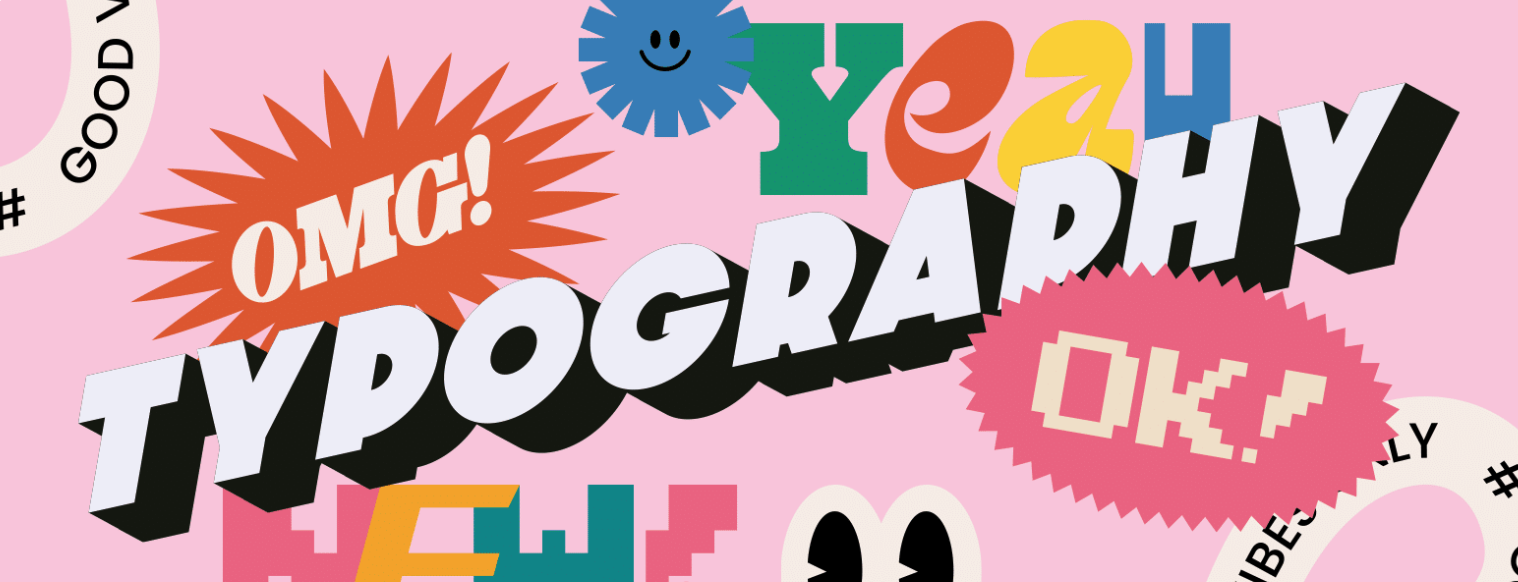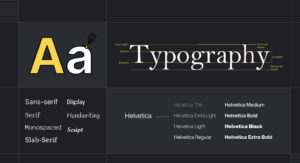The Influence of Culture on Typeface Design

Typefaces, more commonly referred to as fonts, are the unsung heroes of the design world. They quietly communicate the spirit and intent of words, shaping the way we perceive and interact with them. However, the creation of a typeface is far from a simple exercise in lines and curves. It is deeply ingrained in cultural contexts, both historical and contemporary, which give form to letters and meaning to visual communication.
In this post, we’ll explore how culture is not just a variable in typeface design, but an essential component that infuses fonts with stories, traditions, and the collective unconscious of societies around the globe.
Understanding Typeface Design
To appreciate the cultural impact on typeface design, we first need to understand the craft itself. Typeface design is the process of creating a set of characters – letters, numbers, and punctuation – that consistently share a specific aesthetic and style. From serif to sans serif, from script to display, typefaces come in a multitude of forms, each suited to different purposes and speaking unique visual dialects.
The History of Typefaces

The history of typefaces dates back to the invention of the printing press in the 15th century. The first typefaces were modeled after calligraphy, with serifs originating from the brushstrokes and chisel cuts that characterized hand-written and hand-carved lettering. Over time, typefaces evolved to reflect the design tastes and printing technologies of their eras, leading to a diverse array of typographical styles that define different time periods.
Significance in Visual Communication
Typefaces are an integral part of visual communication. They can convey mood, evoke a particular time period, and even reflect the speaker or writer’s personality. Think of the sharp elegance of Bodoni, the timeless charm of Garamond, or the modern simplicity of Helvetica – each tells a story that goes beyond the words they spell out.
The Role of Culture in Typeface Design
Culture is the invisible hand that guides the decisions of type designers. From influences in color choices to the more obvious influence in character shape and overall aesthetic, cultural references penetrate every facet of type design.
Historical Roots
Early typefaces were born from the cultures they served. Gothic scripts carried the spirit of the medieval European era, while the clean lines of Roman typefaces reflected a revival of classical knowledge during the Renaissance. The ornate curves of Arabic calligraphy found their way into many decorative typefaces, and Chinese characters continue to inspire modern designers with their complexity and elegance.
Contemporary Trends
In a rapidly globalizing world, contemporary type designers are navigating a rich tapestry of cultural intersections. Fonts like ‘Noto’ by Google aim to support as many scripts as possible, acknowledging the need for typefaces that can seamlessly communicate across language barriers. Furthermore, the renaissance of traditional indigenous art around the world is leading to the creation of typefaces that revitalize and preserve ancient writing styles in digital form.
Case Studies in Cultural Typeface Design
To illustrate the process, here we can explore case studies of specific typefaces designed with cultural influence in mind.
Kufi and Jawi
In the context of the Islamic world, designers like Mamoun Sakkal have created typefaces grounded in the Kufi and Jawi scripts. These typefaces celebrate the beauty and symmetry of Islamic geometric patterns, often found in art and architecture. They’re not just a means of communication; they’re an assertion of cultural identity in a digital age.
Cherokee Syllabary
From the Native American community, type designer Tom M. Rickner worked with the Cherokee Nation to develop a typeface that would make their syllabary more accessible for modern communication. This typeface balances the tradition of the Cherokee writing system with the practicality of modern typography, allowing the nation to preserve its language and culture.
The Global Impact of Diverse Typefaces
The interplay of typefaces and culture has significant ramifications for global communication. It allows for text to be more reflective of the speaker’s community and can foster a sense of belonging for multilingual or multicultural audiences. The availability of culturally sensitive typefaces also empowers designers to create richer, more meaningful designs that resonate in a global marketplace.
The Future of Typeface Design
It’s clear that typefaces will continue to evolve with the influence of culture. As technology advances and the world grows more connected, we can anticipate an even broader exploration of cultural themes in type design. The future holds the promise of AI-generated fonts that can learn from a diverse range of cultural inputs, leading to an era of unprecedented typeface diversity and richness.
Predictions
In the coming decades, we may see typefaces that dynamically change their aesthetic based on the cultural context of the content they display. We can expect to see more collaborative work between AI and human designers to create culturally sensitive typefaces for languages and scripts that are currently underrepresented in digital spaces.
Conclusion
The significance of cultural influence in typeface design is profound. It enriches the world of design with a multitude of voices, histories, and artistic expressions. Typeface design, when practiced with an awareness and respect for culture, can transcend mere visual appeal and become a bridge that connects people across the boundaries of language and geography.
For designers and creators, the message is clear: when crafting typefaces, think not just about the aesthetic but about the story you’re telling. Who is your audience, and what cultural nuances can you honor in your work? By considering these questions, we contribute to a global design landscape that is as diverse and rich as the cultures it represents.

